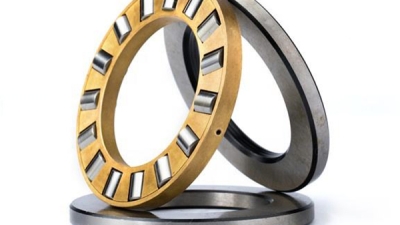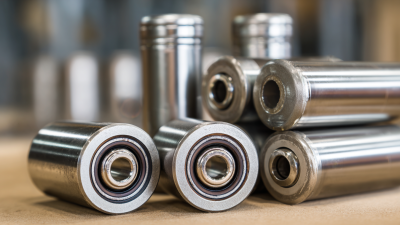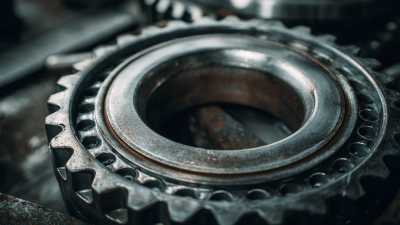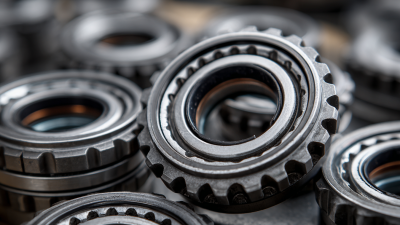Ultimate Guide to Selecting the Right Torrington Roller Bearing for Your Application
Table of Contents
- Key Factors to Consider When Choosing a Torrington Roller Bearing for Industrial Applications
- Understanding Load Ratings: A Guide to Selecting the Right Bearing Capacity
- Material Choices for Torrington Roller Bearings and Their Impact on Performance
- How to Calculate the Expected Lifespan of Your Roller Bearings
- Common Mistakes to Avoid When Selecting Torrington Roller Bearings
- Best Practices for Maintenance to Extend the Life of Your Roller Bearings
- Enhancing Drilling Efficiency: The Role of Thrust Cylindrical Roller Bearing 89452 in Petroleum Machinery — Insights from Industry Reports
- FAQS
- Conclusion
- Related Posts
In today’s fast-paced industrial world, picking the right bearing isn’t just a detail — it’s pretty much the secret to keeping machinery running smoothly and lasting longer. Among all the different types, Torrington Roller Bearings really stand out thanks to their smart design. They can handle heavy loads without fuss, all while reducing friction. If you’ve seen the latest reports from MarketsandMarkets, they’re saying that the global bearing market could hit around USD 120.5 billion by 2025. That’s mainly fueled by growth in car manufacturing and various industries. As companies lean more and more on advanced tech and high-performance parts, Shandong Hangshuo Bearing Co., Ltd. has got your back with a wide range of bearings suited for pretty much anything — cars, mining equipment, or farm machinery. Since launching back in 2015, they’ve been all about research, development, and making cutting-edge bearings. That focus has really helped them become a go-to name in the industry, especially when it comes to products like Torrington Roller Bearings — all designed to keep things running at peak efficiency.
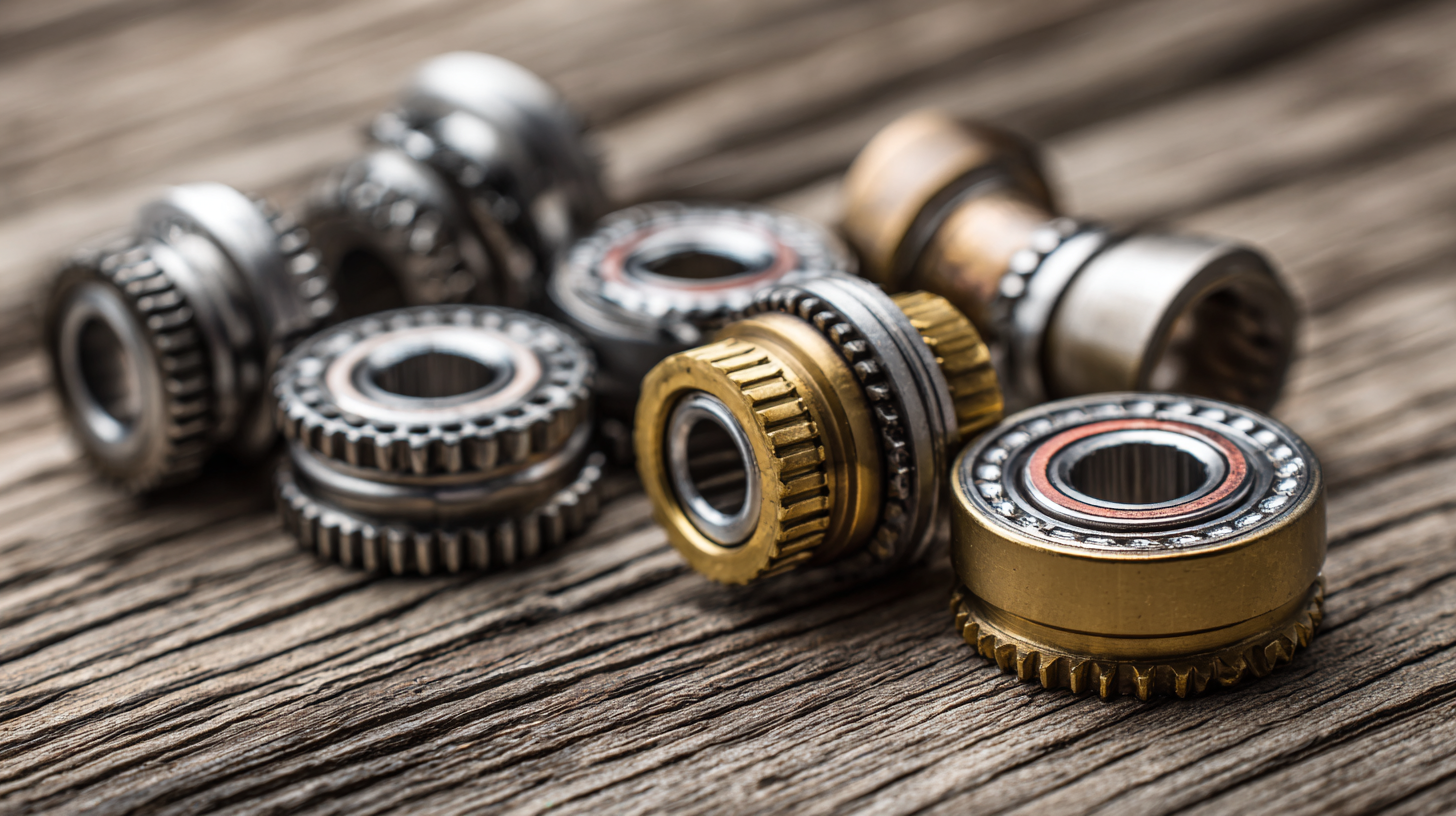
Key Factors to Consider When Choosing a Torrington Roller Bearing for Industrial Applications
When you're trying to pick the right Torrington roller bearing for industrial use, there's actually quite a bit to keep in mind if you want it to perform well and last a long time. For starters, load capacity is a big deal. You really need to look at both the static and dynamic load ratings — I’ve seen cases where choosing a bearing without this info leads to early failure. For example, the dynamic load rating usually has to be two to three times higher than whatever loads you’re putting on it. Otherwise, you risk gear that just isn't up to the task.
Speed is another important factor. These bearings are built to run efficiently at certain speeds, and going over that can cause them to overheat or wear out faster. It’s a good idea to double-check the specs from the manufacturer and look at their performance data — they usually tell you the max RPM for each bearing type.
Quick tip: Always make sure the bearing specs match what your application needs. Sometimes using simulation tools or bearing selection software can help you see how things would play out under different scenarios.
Don’t forget about the environment, either. Stuff like temperature, humidity, and how much dirt or corrosion it’ll be exposed to can seriously impact how well the bearing works. If conditions are rough, you might need special coatings or seals to keep things protected.
Another tip: Take some time to analyze the environment where the bearing will be used. That way, you can pick ones with the right seals or protective features, saving you headaches down the line.
Understanding Load Ratings: A Guide to Selecting the Right Bearing Capacity
When you're choosing a Torrington roller bearing for your project, it's really important to get a good grasp of load ratings. Basically, these ratings tell you how much weight the bearing can handle without breaking down or wearing out too quickly. There’s the dynamic load rating, which indicates how much force it can take when it’s moving, and the static load rating, which is about the maximum load it can handle when it's sitting still. You gotta look at both to make sure the bearing will perform well under the conditions you expect.
Picking the right bearing isn't just a matter of looking at numbers, either. You'll want to think about things like where your machinery’s operating—like temperature, humidity, and how fast things are spinning—and also consider any fluctuations in load. It's a good idea to do some quick calculations or consult guidelines to match your expected loads with what the bearing can handle.
And don’t forget, environmental factors like heat, moisture, and lubrication can really impact how long your bearing lasts and how well it performs. So, taking the time to analyze these details and select a Torrington roller bearing with the right load ratings can seriously boost the reliability and efficiency of your equipment—that's the goal, right?
Material Choices for Torrington Roller Bearings and Their Impact on Performance
When you're choosing Torrington roller bearings, the materials you pick really play a big role in how well they perform and how long they last. Typically, folks go with options like chrome steel, stainless steel, or even polymer composites. According to research from the National Institute of Standards and Technology, chrome steel bearings are pretty popular because of their high hardness and fatigue resistance. They can handle loads that are often more than 50% higher than stainless steel ones, making them a top pick for heavy-duty stuff like cars or big machinery.
On the flip side, stainless steel bearings excel when it comes to resisting corrosion—great if your environment has a lot of moisture or chemicals around. ISO even highlights that stainless steel bearings tend to keep their performance up in tough conditions, which can save you up to 30% on maintenance costs. Then there are the polymer composites, which are super lightweight. They help cut down on energy use, especially in situations where saving weight is a big deal. Industry reports say that these can reduce friction by quite a bit—up to 25%—which means your machinery runs smoother and more efficiently. All in all, choosing the right material is a pretty big deal since it directly affects how reliable your equipment is and how well it performs over time.
How to Calculate the Expected Lifespan of Your Roller Bearings
When you're choosing the right roller bearing for your project, it's super important to get a sense of how long it’s likely to last. The lifespan of these bearings really depends on things like the load they carry, how fast they run, and the conditions they’re operating in. From what I’ve seen in the industry, if you keep them properly lubricated, they can last anywhere from around 20,000 hours to more than 100,000 hours — but of course, it depends on their specific specs. Something like the L10 life — which basically tells you how many hours you can expect 90% of similar bearings to stay in good shape — is actually pretty handy for planning maintenance and upgrades down the line.
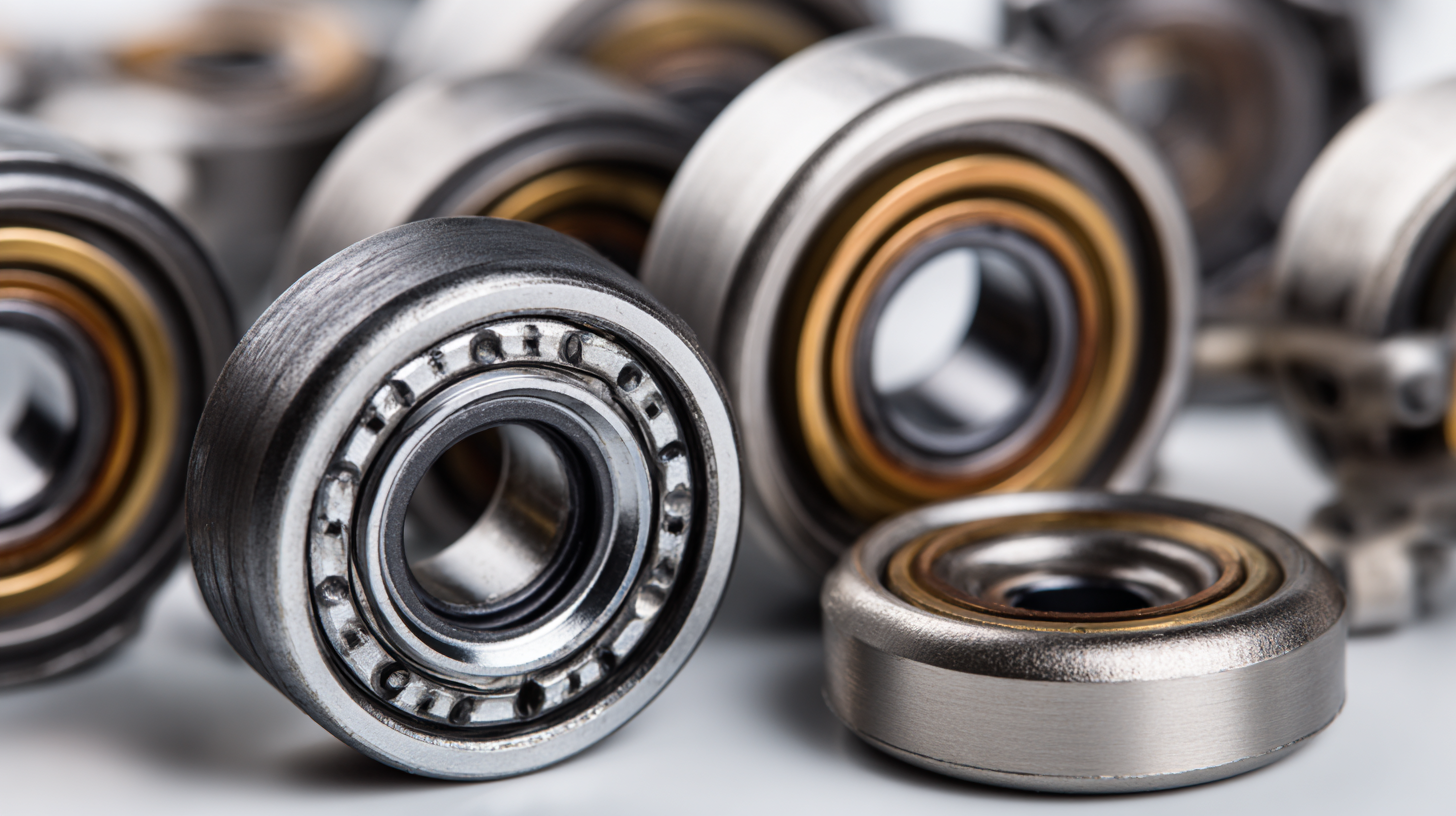
On top of that, recent market analyses show that despite China being such a big player in manufacturing, it still relies on importing roughly 95% of its high-end bearings. That’s kind of wild, right? Especially for industries like high-speed rail where the bearings really need to perform at their best. As the robotics industry continues to grow and demand top-quality bearings, manufacturers are feeling the pressure to use predictive maintenance and other advanced tech to make their products last longer and cut down the need for importing. Basically, keeping an eye on dynamic loads and making sure you’re installing everything properly are key steps if you want your bearings to stand the test of time in today’s busy applications.
Common Mistakes to Avoid When Selecting Torrington Roller Bearings
When folks are picking out Torrington roller bearings, it's pretty common to stumble into some classic mistakes that can really mess up operations or end up costing a bunch in replacements. One big thing to watch out for is ignoring the load ratings. You gotta make sure the bearing’s load capacity matches what it’s actually gonna be handling. If you overlook dynamic and static loads, you risk the bearing giving out way too soon, which throws a wrench in the whole system’s performance.
Another mistake I see a lot is not paying enough attention to good lubrication. Using the wrong type or not keeping it topped up can cause extra friction, overheating, and eventually, damage to the bearing itself. It’s super important to pick the right lubricant and stick with proper maintenance throughout the lifespan. And don’t forget about understanding specific needs based on where and how the bearing’s used—things like environmental factors or alignment issues. Taking some time to really assess all that stuff makes a big difference in making sure your Torrington bearings last longer and perform better overall.
Best Practices for Maintenance to Extend the Life of Your Roller Bearings
When you're dealing with roller bearings in all sorts of applications, sticking to some good preventive maintenance habits can really make a difference in how long they last. Doing regular check-ups helps catch any wear and tear early on, so you can fix problems before they get out of hand. Whether you’re using these bearings in manufacturing equipment or other industrial setups, keeping an eye on lubrication levels and making sure you're using the right type of grease or oil can cut down on friction and help avoid unexpected failures.
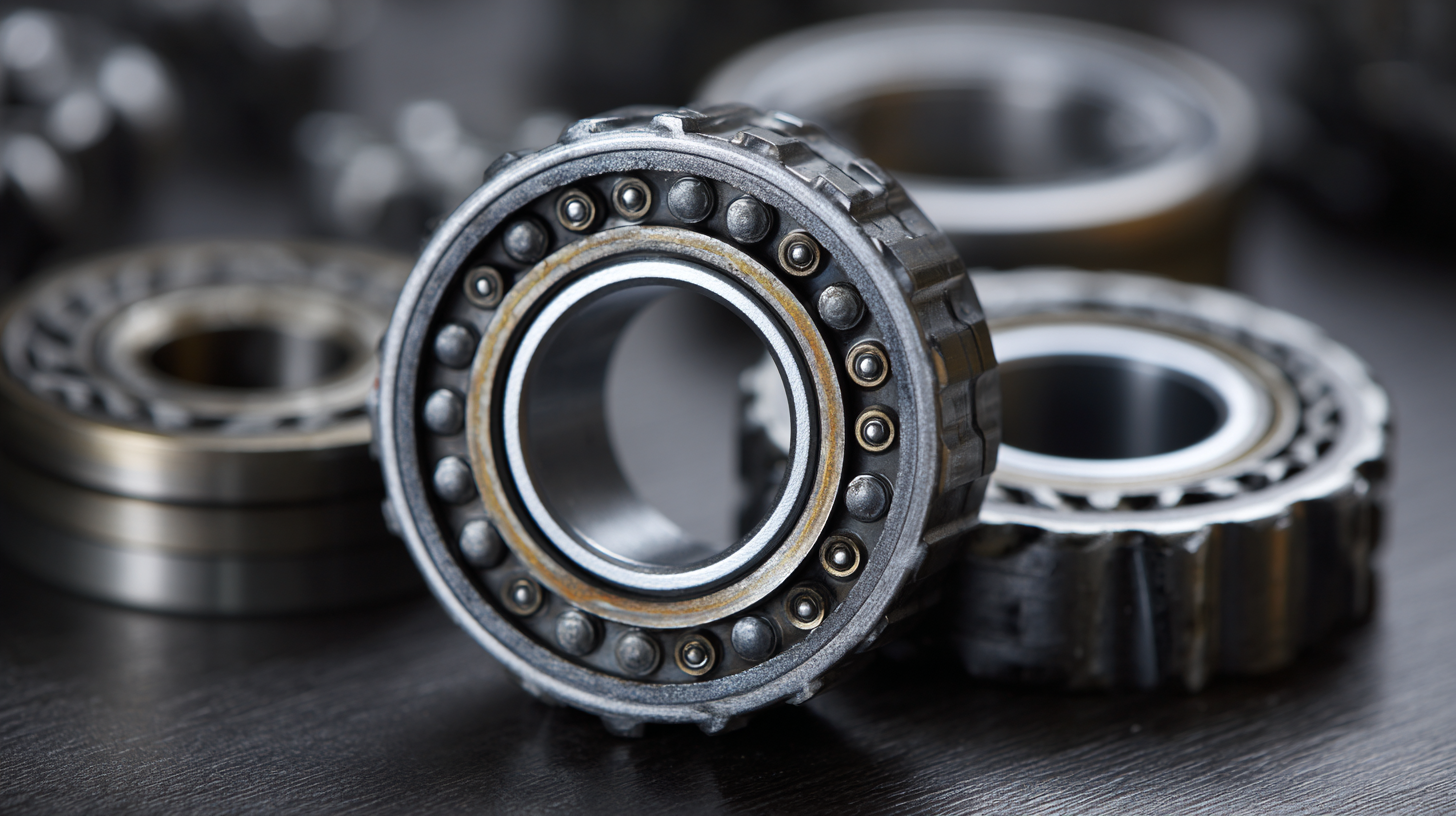
Oh, and here's a tip—keeping the area around your bearings nice and clean is super important. Dirt and contaminants can cause corrosion and mess things up. Also, consider using some of the latest tech, like data analytics, to predict issues before they even happen. Taking a proactive approach like this not only makes your bearings last longer but also keeps your machines running smoothly.
And don’t forget, regularly analyzing how the bearings are performing can give you extra insights. With modern tools—like deep learning methods for machinery health—you can monitor what's going on in real time, make quick decisions, and avoid costly downtime. Putting these tips into practice ensures your roller bearings stay in top shape and keep performing at their best for as long as they’re supposed to.
Enhancing Drilling Efficiency: The Role of Thrust Cylindrical Roller Bearing 89452 in Petroleum Machinery — Insights from Industry Reports
In the quest to enhance drilling efficiency in the petroleum industry, thrust cylindrical roller bearings, specifically the 89452 model, play a pivotal role. These bearings excel in withstanding heavy and vibrational loads, making them a critical component in advanced petroleum machinery. According to industry reports, thrust cylindrical roller bearings are uniquely designed to handle substantial axial loads in one direction, offering exceptional performance under the high-stress conditions typical of drilling operations.
The design of the thrust cylindrical roller bearing includes a retainer assembly, shaft ring, and seat ring, which collectively contribute to its high stiffness and robustness. While they possess limitations in handling radial loads and lack self-aligning capability, their strength in axial load applications is impressive. Recent data from machinery performance assessments suggest that incorporating these bearings can lead to a significant increase in operational efficiency, with some studies indicating up to a 20% reduction in downtime due to bearing failure.
Moreover, the industry's trend towards higher efficiency and reliability intensifies the demand for thrust cylindrical roller bearings. As reported by leading engineering firms, integrating these bearings into drilling equipment not only enhances performance but also prolongs maintenance intervals, reducing overall operational costs. By focusing on the limitations and strengths of these bearings, engineers can innovate and optimize layout designs to maximize drilling efficacy, making the 89452 model a preferred choice for petroleum machinery.
FAQS
: Load ratings are indicators of how much weight a bearing can support while maintaining functionality and longevity. They include dynamic load ratings, which measure bearing performance under motion, and static load ratings, which pertain to the maximum load when the bearing is stationary.
Assessing both dynamic and static load ratings ensures that the chosen bearing can operate efficiently under expected conditions, ultimately enhancing the reliability and efficiency of machinery or equipment.
The expected lifespan is influenced by load, speed, and operating conditions. Properly lubricated roller bearings can have a lifespan ranging from 20,000 to over 100,000 hours, and the L10 life provides insights into maintenance planning.
Key factors include load, speed, operating conditions, environmental conditions (like temperature and humidity), and adequate lubrication.
Regular inspections, monitoring lubrication levels, maintaining a clean environment, and utilizing advanced technologies for predictive maintenance can significantly extend the lifespan of roller bearings.
Maintaining a clean environment around roller bearings helps to avoid contamination that can lead to corrosion and premature failures.
Technologies like data analytics and deep learning methods can predict and diagnose potential issues, enabling proactive maintenance and reducing downtime.
Ensuring the correct lubricant type and levels is vital to reduce friction, which can prevent premature failures and enhance bearing longevity.
Incorporating methodologies for real-time machinery condition monitoring can facilitate quick decision-making, enhancing efficiency and overall performance.
Factors such as the operating environment, speed, potential load fluctuations, and the bearing's load ratings should be considered to ensure optimal selection.
Conclusion
Looking for the right Torrington Roller Bearing for your industrial setup? This handy guide is pretty much your new best friend. It covers all the essentials—like understanding load ratings, which are super important to making sure your bearings can handle the job without any issues. The guide also digs into different materials used for these bearings, explaining how each choice can really make a difference in how long they last and how well they perform.
Plus, there's a section on estimating how long your bearings will actually last, along with some common pitfalls to avoid when you're picking them out. And of course, it wraps up with some practical tips on maintenance to help keep your bearings in good shape—and performing at their best—no matter if you're working on cars, farming equipment, or other machinery. At Shandong Hangshuo Bearing Co., Ltd., we're all about providing top-notch bearings that fit a wide range of needs. We've been doing this since 2015, focusing on research, development, and making sure our products are up to snuff.
So, if you’re ever feeling stuck or just want to learn more, this guide has got your back!
Blog Tags:

